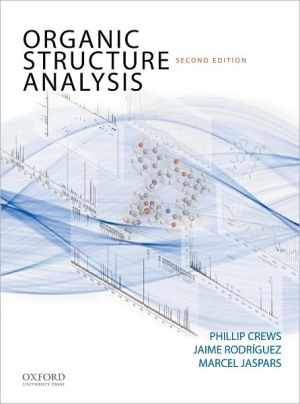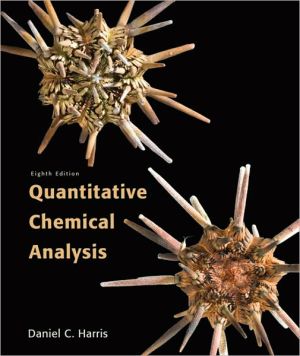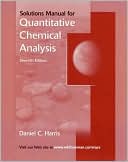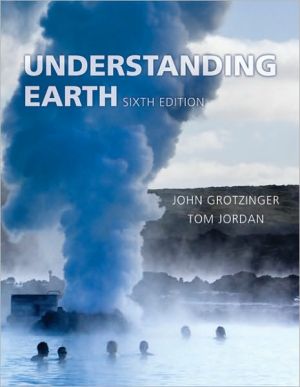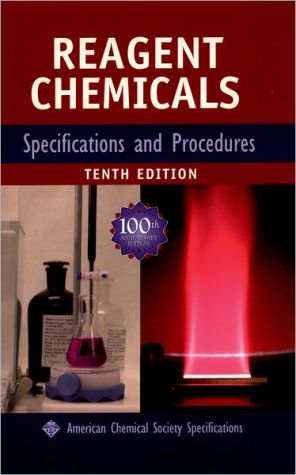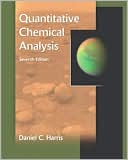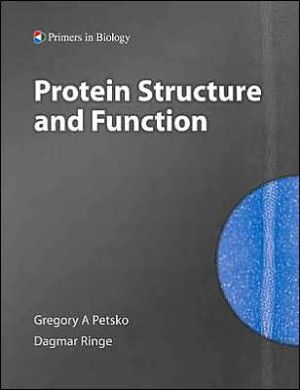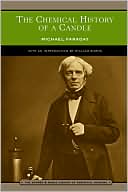Organic Structure Analysis
The most up-to-date integrated spectroscopy text available, Organic Structure Analysis, Second Edition, is the only text that teaches students how to solve structures as they are solved in actual practice. Ideal for advanced undergraduate and graduate courses in organic structure analysis, organic structure identification, and organic spectroscopy, it emphasizes real applications--integrating theory as needed--and introduces students to the latest spectroscopic methods.\ An Instructor's...
Search in google:
Organic Structure Analysis is an ideal text for upper-level undergraduate and first-year graduate courses in organic spectroscopy. It provides students with the background necessary to effectively apply spectroscopic data in establishing features of molecular structure. Unique in its coverage, it is the only text that emphasizes strategies, interpretation, modern techniques, and problem solving. The text's major aim is to show how spectra can be efficiently examined in order to identify a molecule's major structural elements. It focuses on four techniques which are used on a day-to-day basis by most organic chemists: nuclear magnetic resonance (NMR), mass spectroscopy (MS), infrared (IR), and ultraviolet-visible (UV-VIS). Each chapter provides different perspectives on using spectroscopic data in a step-by-step process to establish structural features such as an overall carbon framework; the presence and location of functional groups; the regiochemistry and stereochemistry of substituents; and, finally, the absolute stereochemistry of chiral centers. Recent advances in NMR and MS have changed the way these components are introduced and used in organic spectroscopy courses. Unlike similar texts, this book provides ample, up-to-date coverage of the latest developments in NMR and MS techniques. Organic Structure Analysis adopts a practical approach to the subject which emphasizes building experience; the authors recognize that a combination of problem solving, access to data from models, and understanding the rules of spectral interpretation helps students to build expertise in structure determination from spectra. It outlines elements of theory, but with an emphasis on those directly relevant to spectral interpretation. The text is divided into three major sections; the first section provides extensive coverage of each of the individual methods, the second section illustrates how the strategies of organic structure are actually applied in ten problems whose solutions are provided, and the third section consists of fifty unsolved problems which range from simple monofunctional compounds to complex natural products.
Ch. 1 Using Spectroscopic and Analytical Data in Organic Structure AnalysisCh. 2 Introduction to Nuclear Magnetic ResonanceCh. 3 Interpretation and Use of Proton and Carbon Chemical ShiftsCh. 4 Interpretation and Use of Proton and Carbon Coupling ConstantsCh. 5 Multiple-Pulse and Multidimensional NMR TechniquesCh. 6 Mass Spectrometry: Core Techniques and Ionization ProcessesCh. 7 Mass Spectrometry Analysis of Small and Large MoleculesCh. 8 Fragmentation Processes in Electron Ionization Mass SpectrometryCh. 9 Infrared SpectroscopyCh. 10 Optical and Chiroptical Techniques: Ultraviolet SpectroscopyCh. 11 Strategies of Determining Structure and Stereochemistry: Spectroscopic Data Translated Into StructuresCh. 12 Problems in Organicstructure AnalysisAppendix A Collection of Spectra or Data TablesAppendix B Shape of MS ClustersAppendix C CAS Registry Numbers for UnknownsAppendix D Glossary and AbbreviationsIndex
\ From the Publisher"Overall this text is more comprehensive and more detailed in introductory descriptions than the classic text in the area, Spectroscopic Methods in Organic Synthesis by Williams and Fleming. It is less of a handbook for PhDs and post-docs and will find its greatest utility as a substantial text for undergraduate teaching. In this respect it is the best around."--David O'Hagen, in Chemistry World\ "EL the problems given at the conclusion of each chapter, as well as those comprising the entirety of the final two chapters of the book, should prepare any beginning graduate student in a natural products laboratory for the structure elucidation problems that surely lie ahead."--Joshua N. Fletcher, in Journal of Natural Products\ \ \
